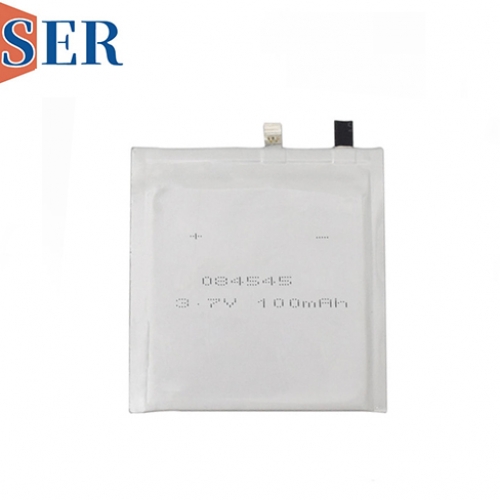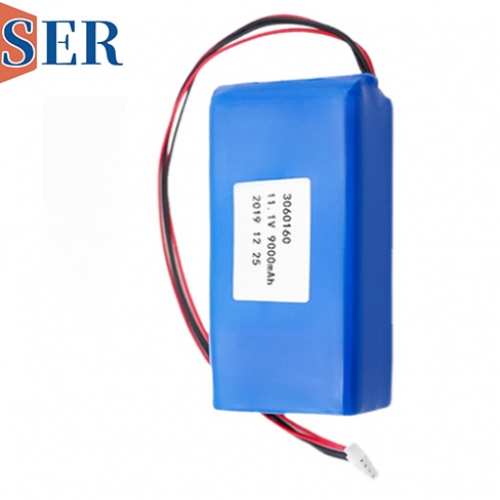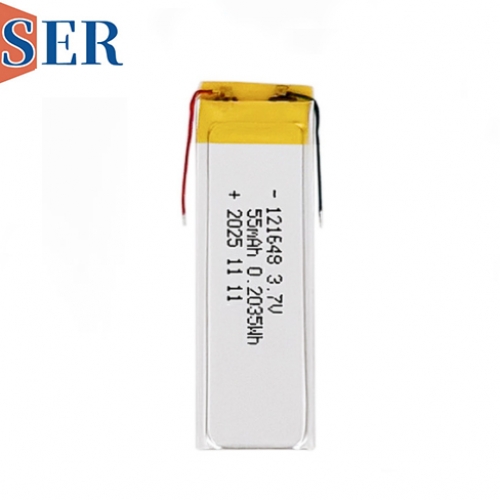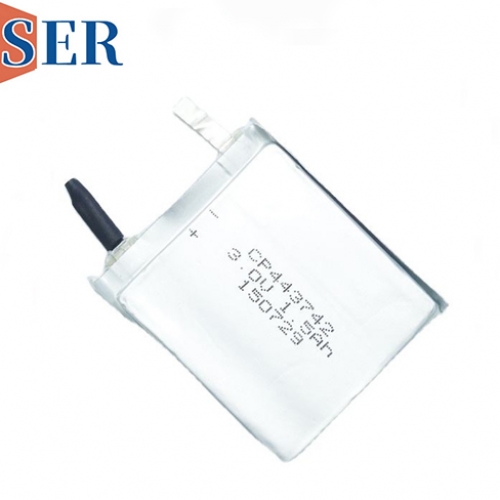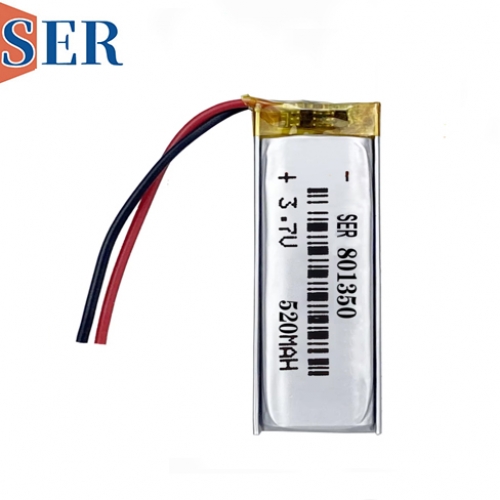Rechargeable High-Temperature 18650 85℃ Batteries (2000-3000mAh)
Rechargeable High-Temperature 18650 Batteries (2000-3000mAh): Powering Resilience Across Consumer, Medical, Smart Home, and AI Sectors
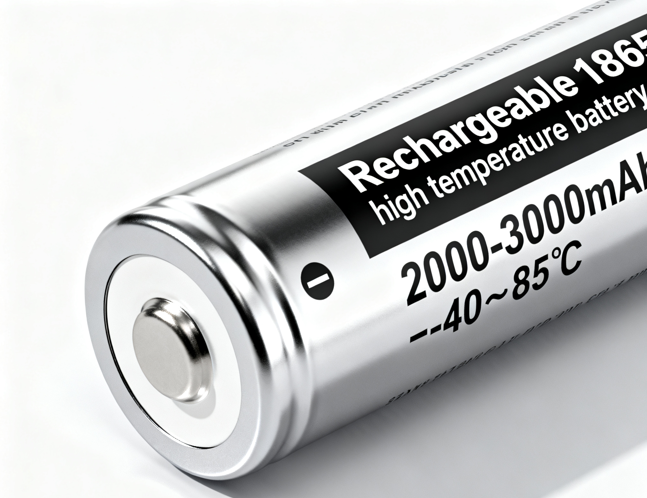
In a world where technology operates in increasingly extreme environments—from scorching industrial warehouses to frigid outdoor deployments—the need for batteries that combine rechargeability, capacity, and temperature tolerance has never been greater. Among the most versatile solutions meeting this demand is the rechargeable high-temperature battery 18650(2000-3000mAh), engineered to discharge reliably between -40℃ and 85℃. Far beyond its traditional role in consumer electronics, this battery has emerged as a critical power source for medical devices, smart home systems, and AI products, where temperature stability and long-term performance are non-negotiable.
This article explores the technical innovations behind high-temperature 18650 batteries, their core advantages over standard lithium-ion cells, and their transformative applications across four key sectors. By examining real-world use cases and future trends, we highlight why this battery has become indispensable for technologies that operate at the edge of environmental limits.
1. Understanding Rechargeable High-Temperature 18650 Batteries: Technology and Specifications
The 18650 form factor—named for its 18mm diameter and 65mm length—has long been a staple in lithium-ion (Li-ion) batteries, favored for its balance of size, capacity, and cost. However, standard 18650 batteries struggle in extreme temperatures: their performance degrades below 0℃ (with some failing to discharge entirely) and above 60℃ (risking thermal runaway or permanent capacity loss). High-temperature 18650 batteries solve this problem through specialized materials and engineering, making them suitable for harsh environments.
1.1 Core Technical Specifications
The rechargeable high-temperature 18650 battery (2000-3000mAh) is defined by parameters that prioritize temperature resilience without sacrificing capacity or safety:
1.2 Key Technological Innovations
What sets high-temperature 18650 batteries apart is their materials science, which addresses the root causes of temperature-related failure in standard Li-ion cells:
2. Application in Consumer Electronics: Reliability for Daily and Rugged Use
Consumer electronics were the first major market for 18650 batteries, powering devices from laptops to electric toothbrushes. However, standard 18650s often fail in “everyday extremes”—like a smartphone left in a hot car or a Bluetooth speaker used in winter camping. High-temperature 18650 batteries (2000-3000mAh) fill this gap, offering reliability for both daily use and rugged consumer gadgets.
2.1 Everyday Consumer Devices
For devices used in variable home or travel environments, high-temperature 18650s ensure consistent performance:
2.2 Rugged Consumer Gadgets
For devices designed for outdoor or industrial use, high-temperature 18650s are a necessity:
In consumer electronics, the high-temperature 18650’s value lies in eliminating “environmental anxiety”—users no longer need to worry about their devices failing in hot, cold, or variable conditions. This reliability has made it a preferred choice for brands targeting outdoor enthusiasts, travelers, and industrial consumers.
3. Application in Medical Devices: Safety and Stability for Critical Care
The medical industry demands batteries that prioritize three things: safety (to protect patients), stability (to ensure consistent device performance), and temperature resilience (to operate in hospitals, ambulances, and home care settings). High-temperature 18650 batteries (2000-3000mAh) meet all three criteria, making them ideal for portable, wearable, and rugged medical devices.
3.1 Portable Medical Monitors
Devices like portable EKG machines, blood pressure monitors, and pulse oximeters are used in ambulances (where temperatures can drop to -10℃ in winter) and hospital rooms (where heating systems push temperatures to 30℃). A 2000mAh high-temperature 18650 powers these monitors for 8-10 hours, maintaining accurate readings even as temperatures fluctuate.
3.2 Wearable Medical Devices
Wearables like continuous glucose monitors (CGMs), insulin pumps, and cardiac monitors are worn 24/7, exposed to body heat (37℃) and external temperatures (e.g., -5℃ during winter walks). A 2500mAh high-temperature 18650 provides 7-9 days of runtime for CGMs (which use 10-15mA of current) and 3-5 days for insulin pumps (which use 50-100mA).
3.3 Rugged Medical Equipment
Devices used in disaster zones, military field hospitals, or remote clinics (e.g., portable ultrasound machines, vaccine refrigerators) face temperatures from -40℃ to 85℃. High-temperature 18650s (3000mAh) in multi-cell packs power these tools, ensuring life-saving care is available even in harsh conditions.
In medical devices, the high-temperature 18650 is not just a power source—it is a lifeline. Its ability to perform in extreme conditions ensures healthcare providers can deliver care anywhere, regardless of the environment.
4. Application in Smart Home Systems: Powering Connected Living in All Climates
Smart homes rely on a network of sensors, controllers, and appliances that operate 24/7—often in unconditioned spaces like attics (60℃+ in summer), basements (0℃- in winter), or outdoor patios (-20℃ to 40℃). Standard batteries in these devices need frequent replacement (sometimes every 3-6 months), leading to user frustration and system downtime. High-temperature 18650 batteries (2000-3000mAh) solve this problem, extending device lifespan and reducing maintenance.
4.1 Smart Home Sensors
Sensors for motion detection, door/window contact, water leaks, and air quality are often placed in extreme locations: attics (hot), garages (cold), or under sinks (humid). A 2000mAh high-temperature 18650 powers these sensors for 12-18 months (using 5-10mA of current), compared to 6-9 months with standard batteries.
4.2 Outdoor Smart Home Devices
Outdoor cameras, smart thermostats (for pools or gardens), and lighting controllers face the harshest conditions: snow (-10℃), rain (humidity), and direct sunlight (50℃). A 2500mAh high-temperature 18650 powers these devices for 8-12 months, ensuring security and convenience year-round.
4.3 Smart Home Appliances
Appliances like smart refrigerators (which use battery backups during power outages), robotic vacuums (used in cold basements), and air purifiers (placed in hot garages) benefit from high-temperature 18650s. A 3000mAh battery in a refrigerator backup keeps the device’s control panel active for 4-6 hours during outages in 35℃ kitchens.
In smart homes, the high-temperature 18650 delivers “set-it-and-forget-it” convenience. By reducing battery replacement frequency and ensuring system reliability in all climates, it makes connected living more accessible and stress-free for users worldwide.
5. Application in AI Products: Enabling Edge Computing in Extreme Environments
Artificial Intelligence (AI) products—from edge computing devices (e.g., smart cameras with facial recognition) to robotics (e.g., industrial AI robots) and IoT nodes (e.g., AI weather sensors)—are increasingly deployed in harsh environments. These devices require batteries that can handle variable power loads (for AI processing) and extreme temperatures (for outdoor/industrial use). High-temperature 18650 batteries (2000-3000mAh) are uniquely suited for this role, powering AI innovation beyond the controlled confines of data centers.
5.1 AI Edge Cameras
Edge cameras with AI capabilities (e.g., facial recognition for security, object detection for traffic monitoring) are installed outdoors, where temperatures range from -40℃ (Arctic traffic cameras) to 85℃ (desert security cameras). A 2500mAh high-temperature 18650 powers these cameras for 10-14 hours on a single charge, supporting 24/7 AI processing when paired with solar panels.

